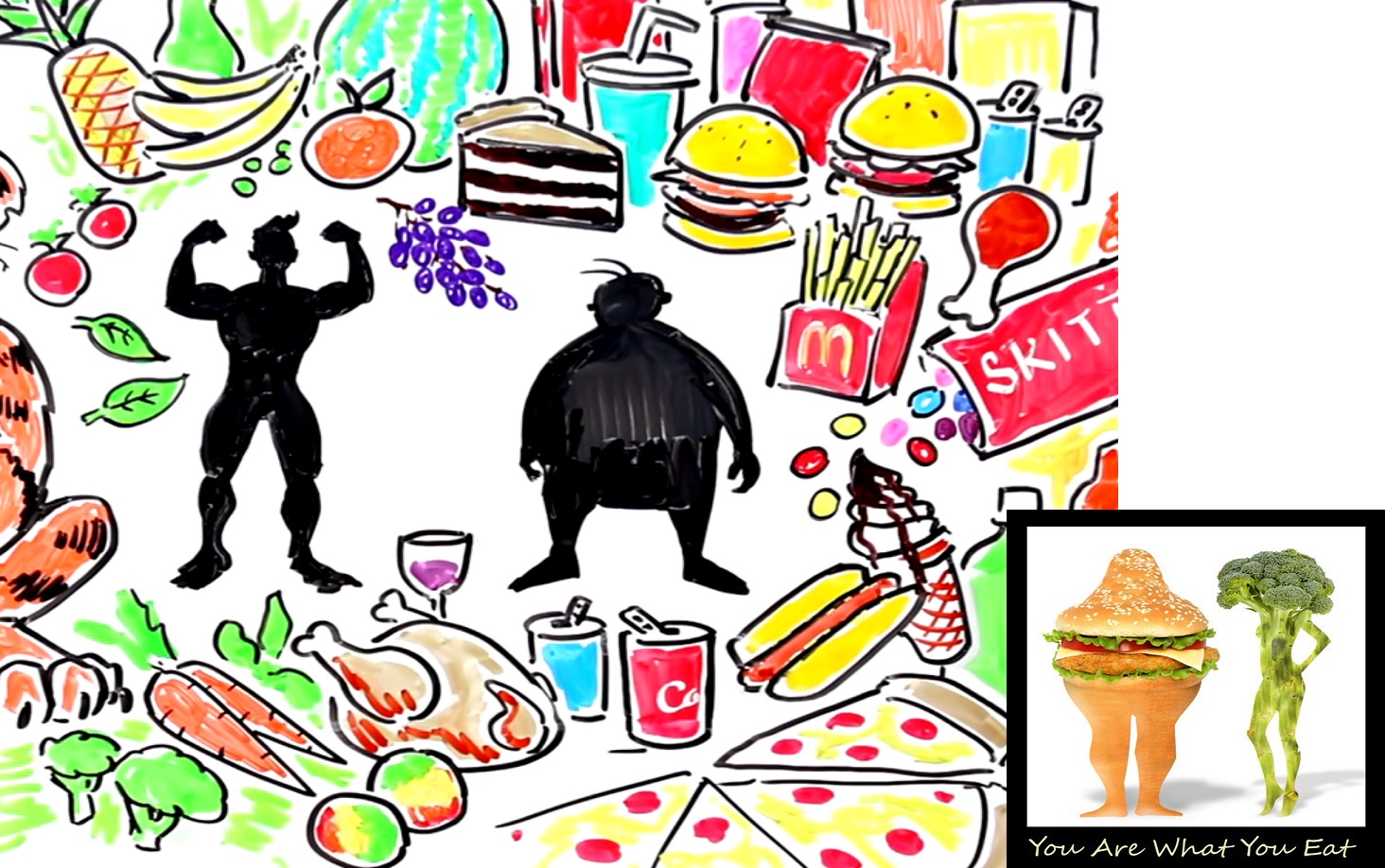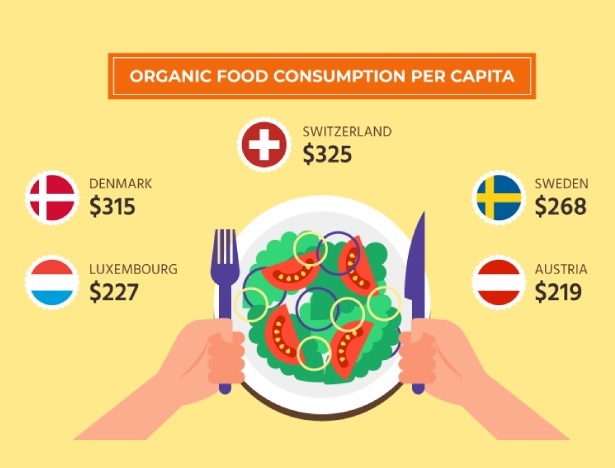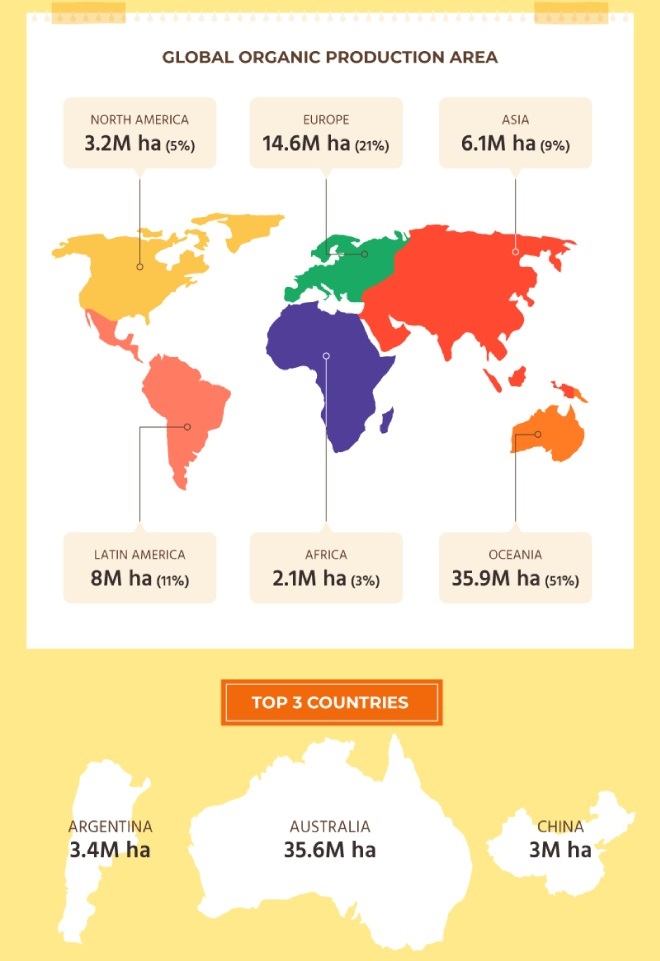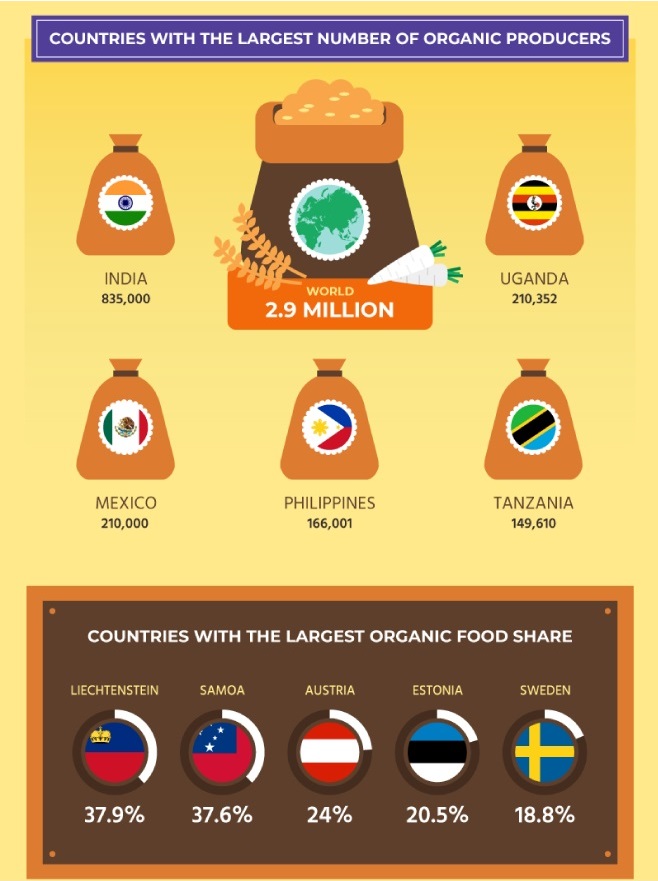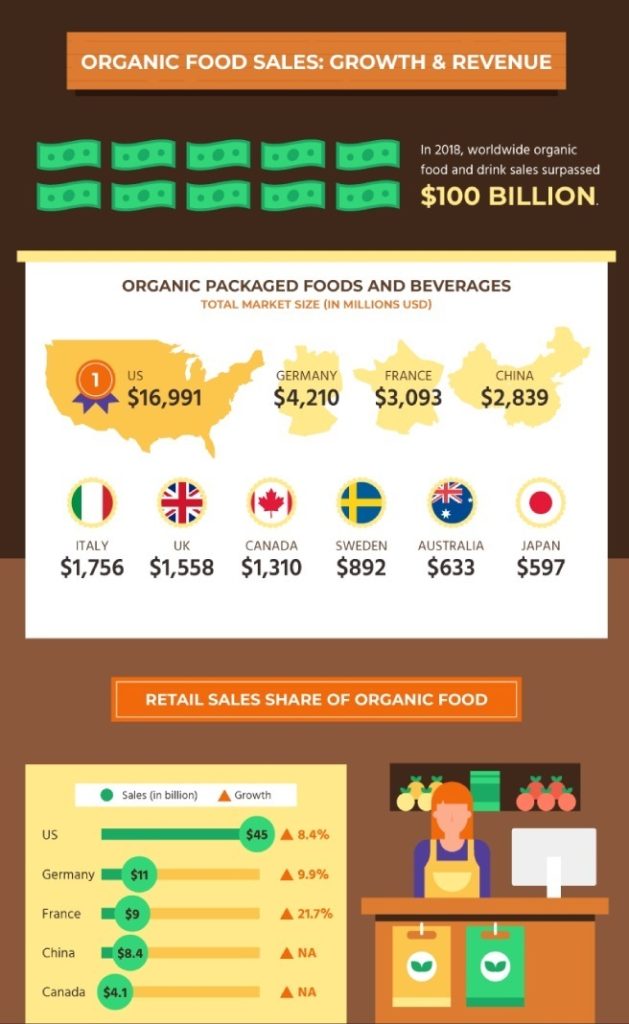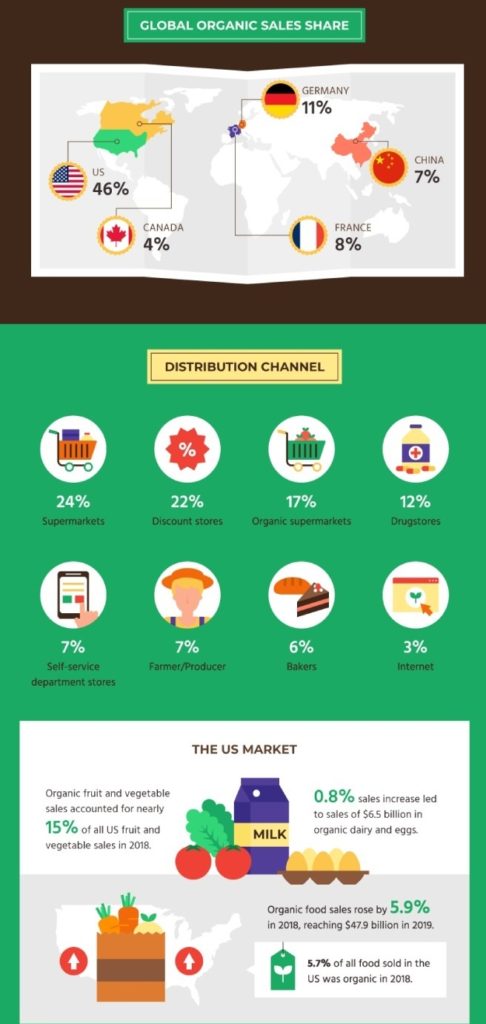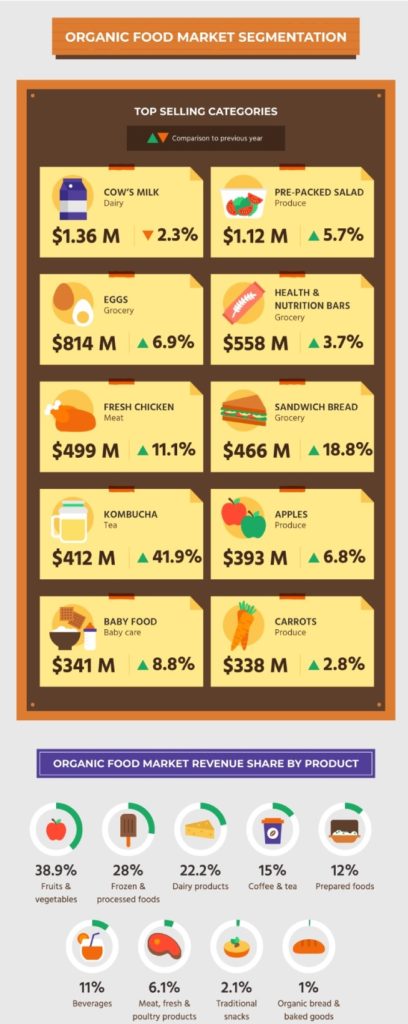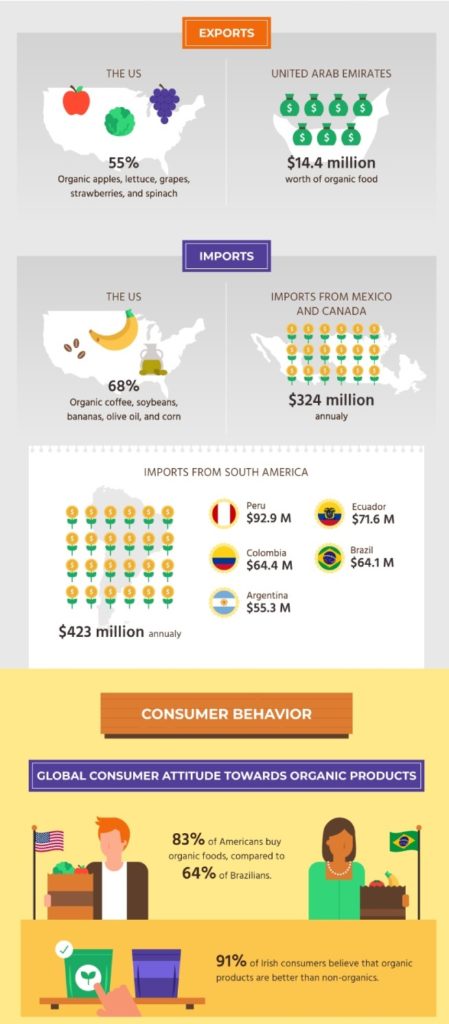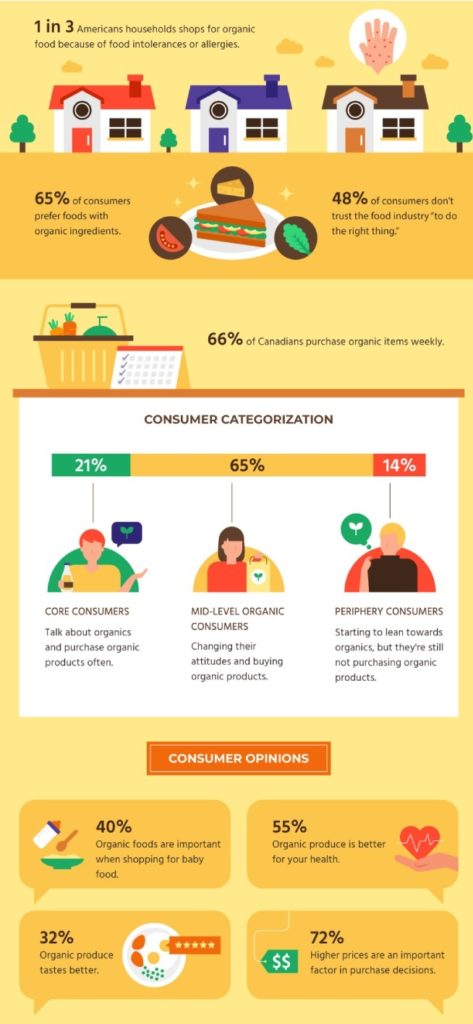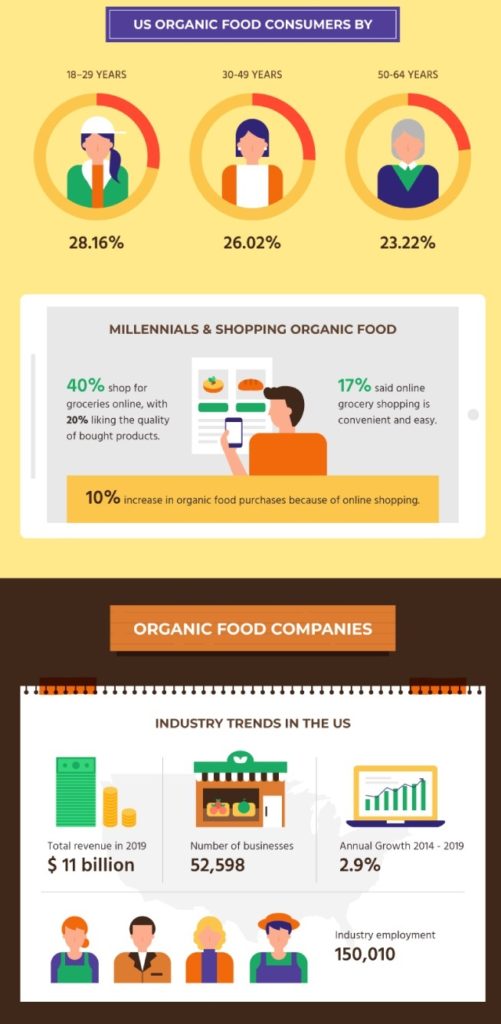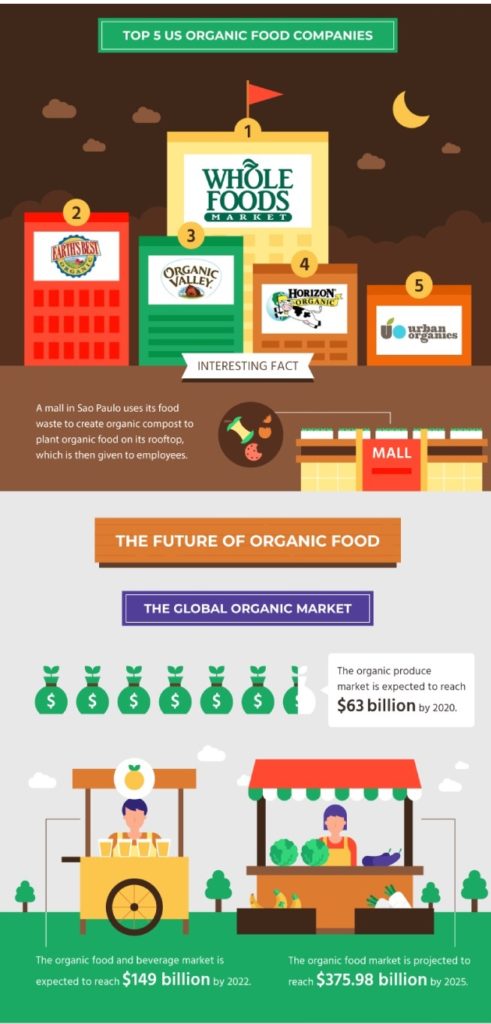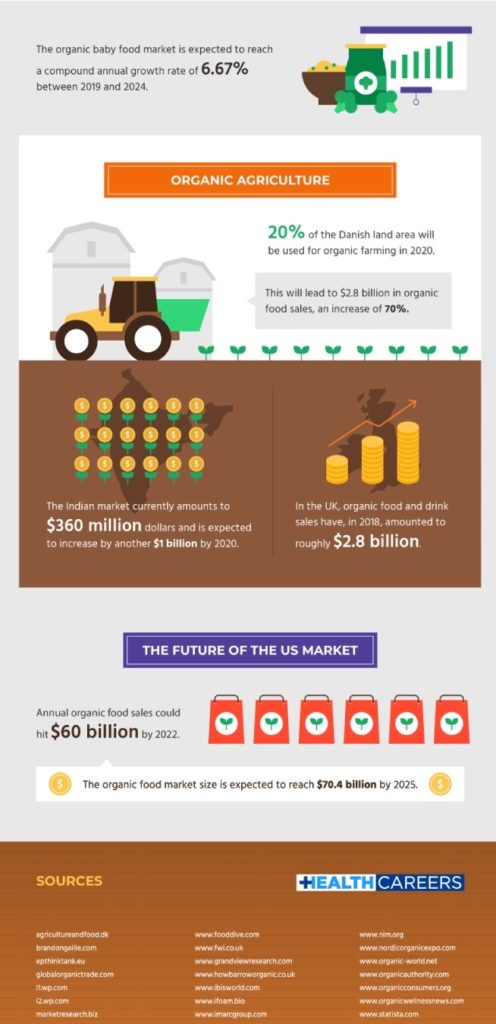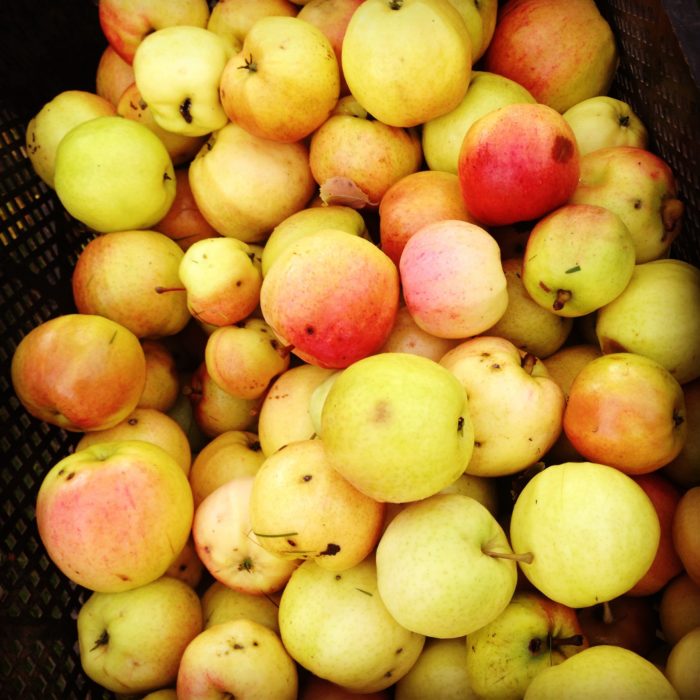There you have it… from Dr. Peter Vincent Pry himself, director of the EMP Task Force on National and Homeland Security… An electromagnetic pulse (EMP for short) would literally send an entire country back in the 1800’s in a matter of seconds, by frying everyone’s electronics and leaving us in the dark.
Here’s Ben Carson explaining EMPs…
Mainstream media has been silent about this for the last decade. And now folks are finally starting to see the truth…I believe an electromagnetic pulse is imminent and I want to show you how to make this cheap set-up that can shield any device against an EMP.
Let me give you a few shocking stats and facts that have scared the daylights out of some top US politicians.
Wired Magazine said there was a 12% chance the Sun would blast a Coronal Mass Ejection (or CME) at 300 miles per second towards Earth by 20201.
Now as far as we know 
A Space Weather study quoted by Gizmodo2 estimates it would cost the US $41.5bn / day, and it would take months if not years for the power grid to be replaced and for things to get back to some sort of normal.
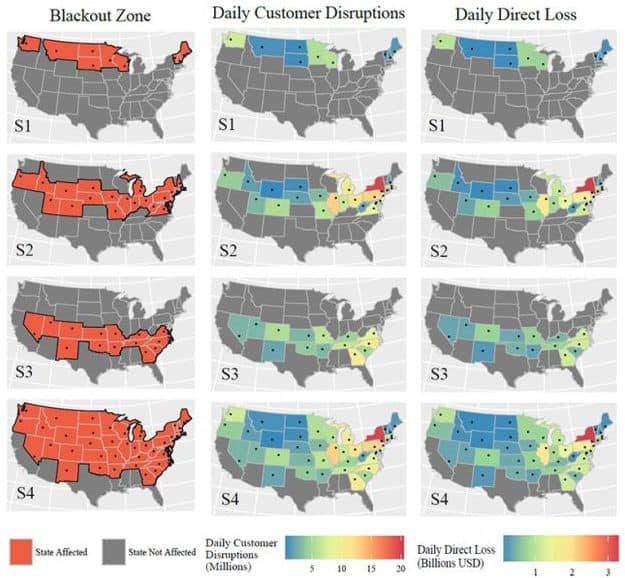
Given that it produces an average of 3 CMEs EVERY SINGLE DAY3, the Sun is nothing but a ticking time bomb waiting to “explode”, destroy the grid and any device that’s plugged in, and ultimately paralyze society…
Then you’ve got nations such as Russia, China, North Korea and Iran, playing with high-altitude HEMP bombs, which can be even MORE devastating, because they can even fry electronics that are not connected to the grid, such as phones and flashlights.
In fact, Russia sold such devices to North Korea in 2014 4 5 and here’s why:
If you’re still skeptical about N. Korea’s abilities, keep in mind that they now have two satellites orbiting the Earth at low altitude, the KMS-3 launched in 2012 and the KMS-4 launched in 2016.6
…and guess what? They both hover over the United States7!
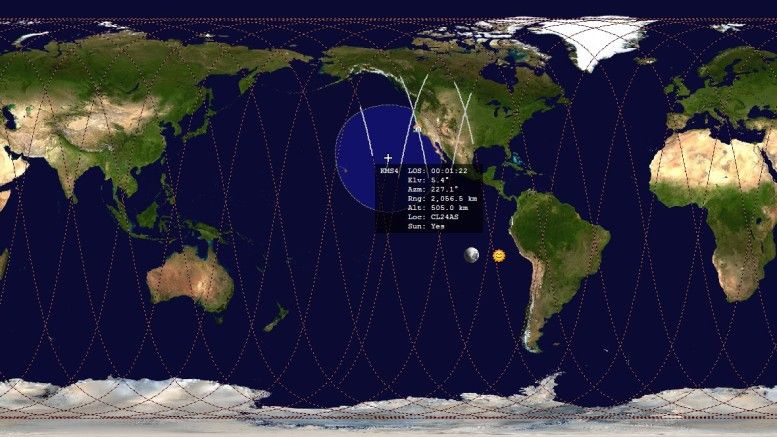
And let’s not forget ISIS, who’ve been planning grid attacks for a long time, are extremely self-motivated.
So what happens if any of these scenarios come true? Total collapse.
The large power transformers (that are keeping the power grid alive) will be completely fried, turning entire countries into a veritable electronics graveyard. Trucks will come to a screeching halt, and will stop delivering food, water, and medicine to stores across the nation.
People will be hungry and scared, turning against their fellow men in desperate attempts to feed their families. Looting will be the new national sport, and disease the new biggest killer… That’s when the real “fun” starts…
Law enforcement will be paralyzed and unable to communicate to keep things under control. And what will you eat when all of this happens?
EMP rehearsals
I like to call blackouts “EMP rehearsals”… because they too can leave entire cities in the dark for days or even weeks on end, and scare millions of people…Like this woman, for instance… who got trapped in an elevator during a blackout. If that were an EMP, she’d most likely experience a deadly free fall:
The aging US power grid is hit every FOUR DAYS on average by either a cyber or a physical ATTACK9… 225,000 Ukrainian households were left in the dark in 2015, after the power grid was hacked10.
The number of power outages doubles every 5 years11, mostly because of our increased energy needs, but also due to storms, earthquakes, tornadoes and even heat waves. And what will happen when millions of electric cars owners will plug their vehicles into the grid every night, all at once, and let them charge over night for 8 or 9 hours?
Look no further than 3rd world countries such as India to see what that would look like. In 2002, 700 MILLION souls were left in the dark… It was horrible… According to The Guardian13, “electric crematoriums stopped operating, some with bodies left half burnt before wood was brought in to stoke the furnaces”…
In 2014, the entire country of Yemen was left without power for an entire week after al-Qaeda attacked it14. It wasn’t the first time, either…
Still, it’s hard to imagine what happens when an electromagnetic tsunami completely fries the aging power grid, phones, laptops, medical equipment such as pacemakers, fridges (keeping anything from food to insulin cold), and even some cars. The cost of replacing everything is unimaginable. Plus, even if your car does survive, remember gas pumps also run on electricity…
“If done right” is key here, because there’s a lot of confusion on making them… Many folks are convinced that things like cars and microwaves will work, but they’re completely wrong.
I cringe every time I hear this, because I know that if the shield is not fully enclosed, the electromagnetic pulse will go right through and fry everything inside… Many Faraday cages have holes in them14 and are useless in front of a powerful EMP. What you need is a fully-enclosed shield.
There’s a simple 30 second test you can do right now, to see for yourself. Place your phone and a portable radio inside a microwave, trashcan, or anything else you think would work as a shield. Turn both devices on, and make sure your radio is tuned in to an AM station.
Now try calling your phone. Is it ringing? What about your radio, are you getting anything? If the answer to any of these questions is “yes”, then that is not a Faraday shield and it will fail you.
Why does the test work? Because EMP pulses hit on a very wide frequency range that those used by cell phones and radios.
Now, to make a real Faraday cage, there are two simple rules you need to follow…
And rule #2, the metal container must not have any holes or cracks in it, no matter how small.
A box full of working gadgets won’t cover your basic survival needs, so it’s critical that you get over your addiction to electricity. Just like a drug, you’re dependent on it because it makes everything so much easier… And when it’s gone, when you can’t use your phone or laptop, you feel totally helpless.
You gotta learn to live without it, because most people won’t…
Modern life made everyone soft, people can’t even change a tire these days. They can’t fix their house, cook on an open fire or grow their own food, heck, most can’t even change a tire…
The other thing we need to talk about is generating your own electricity post-EMP with parts kept safe inside these Faraday cages. You’ll then be able to run electric tools and appliances such as chainsaws, pressure cookers and washing machines. This is actually something you can do today to slash your electric bill…
To recap, the 3 layers of EMP preparedness are:
Layer #1: Faraday shields
Layer #2: living without electricity
and Layer #3: free energy…
Don’t worry, though, because we’ve already done all the hard work for you. Me and my amazing prepper writers at Survival Sullivan have once again outdone ourselves and came up with hands-down the best course for surviving blackouts and EMPs anyone ever made:
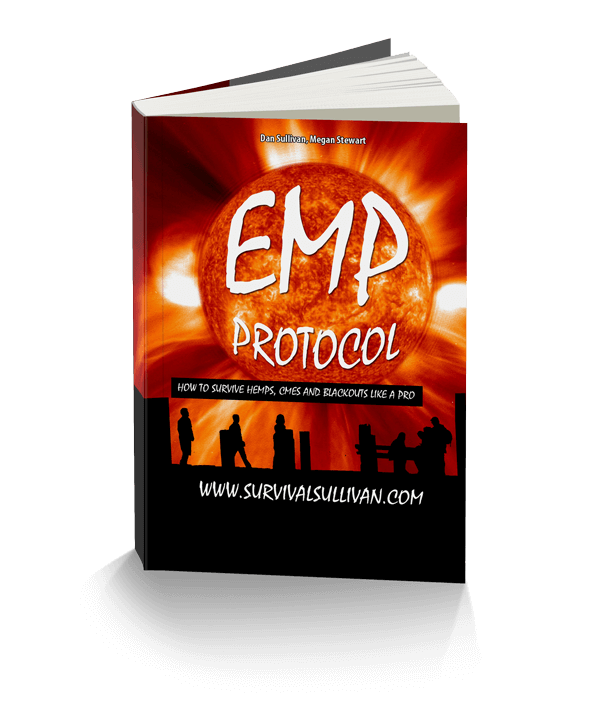
…and I’m excited to give you a taste of what’s inside:
● Step-by-step videos and pictures on how to make these 3 Faraday boxes types that will protect your devices against even the strongest EMP. You don’t have to pay $30,000 for a copper chamber, or even $30 for Faraday cages advertised on various websites. We’ll show you how to make them for less than $5usd each… You get the exact materials for every type of box, plus step-by-step instructions. Plus, one of these types of cages is small and light enough to fit in your bug out bag…
● What to do the moment an EMP happens. Whether you live in the city or on a farm, whether you’re bugging in or out, we’ll tell you how to move fast, stay safe and protect yourself and your family.
● The 3 best ways to safely generate electricity post-collapse. Just keep the spare parts in Faraday shields, and you’ll have light for years to come.
● 12 electronics you need to salvage in Faraday cages. Yes, flashlights and emergency radios are on the list, but if you truly want to be prepared for a long-term disaster, you definitely need the others.
● How to hide the fact that you have electricity… If someone sees light in your window, or if your kid is playing outside with a flashlight, they’ll instantly know you have it. These stealth tactics are what you need to make sure no neighbor or even the law enforcement will take your devices.
● How to prepare your vehicle for an EMP. Plus, a list of cars models that are sure to survive it.
● How to make bug out bags, get home bags and everyday carry kits for you and your family, that work not just in EMPs, but in any kind of emergency. We’re going deep down the rabbit hole, covering every possible aspect, making sure all the items inside are protected against shocks, water, puncturing by sharp objects, and even theft.
● How to bug out on foot. If your car won’t work, you’ll have no choice but to leave it behind. The roads could be dangerous, but fear not because we’ll tell you how to get to your bug out location safely and in record time.
● Last but not least, we’re going to have a conversation about how to survive without electricity in the long hard years following an EMP event. Nothing is left out, including food and water procurement, hygiene and sanitation, alternative communication methods, and even things that are often overlooked such as home schooling
We really went out of our way to weed out the bad information about EMPs. Best of all, these things will help you survive and thrive in almost any other disaster or emergency, such as social unrest, hurricanes and an economic collapse. Click here to receive your EMP Survival guide. For the Silo, Dan F. Sullivan.
1. https://www.wired.com/2012/02/massive-solar-flare
2. http://gizmodo.com/a-monster-solar-storm-could-cost-the-us-40-billion-dai-1791379797
3. https://en.wikipedia.org/wiki/Coronal_mass_ejection
4. http://www.tokyotimes.com/n-korea-buys-russian-electromagnetic-pulse-weaponry-develops-its-own
5. https://www.extremetech.com/extreme/170563-north-korea-emp
6. http://www.wnd.com/2016/04/emp-alert-2-n-korean-satellites-now-orbit-over-u-s
7. http://www.washingtontimes.com/news/2017/feb/14/north-korea-missile-strike-remains-a-real-threat
8. https://en.wikipedia.org/wiki/Alleged_Saudi_role_in_September_11_attacks
9. http://time.com/3757513/electricity-power-grid-attack-energy-security/
10. https://www.wired.com/2016/03/inside-cunning-unprecedented-hack-ukraines-power-grid
11. http://insideenergy.org/2014/08/18/power-outages-on-the-rise-across-the-u-s/
12. http://www.electricity-today.com/state-of-industry/how-utilities-can-improve-aging-infrastructure
13. https://www.theguardian.com/world/2012/jul/31/india-blackout-electricity-power-cuts

